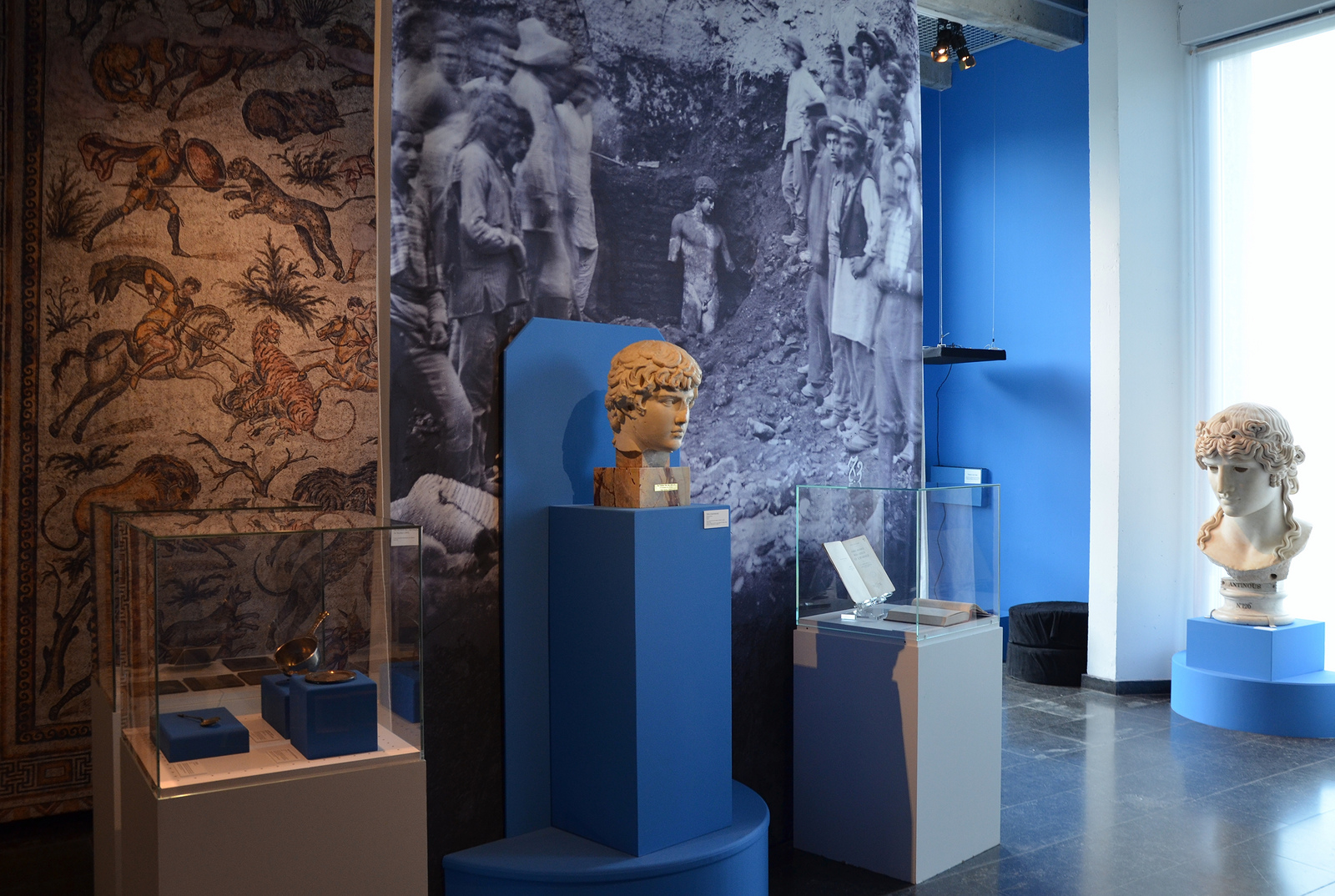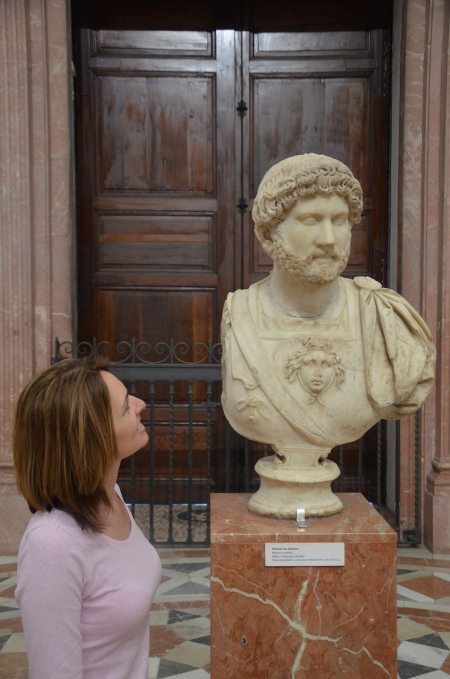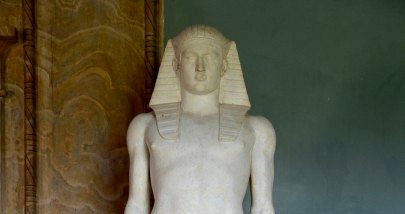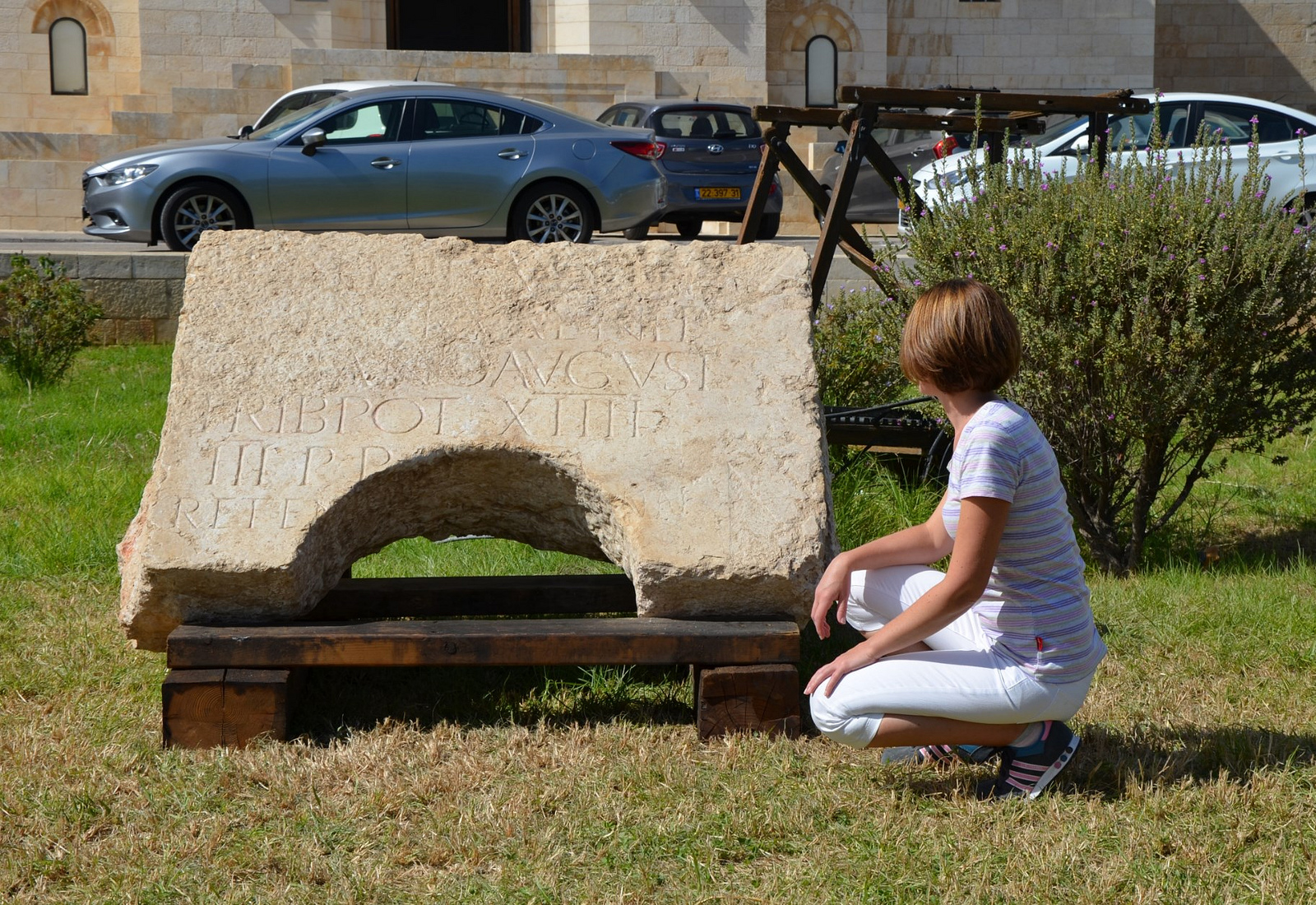Marguerite Yourcenar and Hadrian in Bavay (France)
Last year, the Forum Antique de Bavay, located in northern France, hosted a small exhibition devoted to the book Mémoires d’Hadrien (Memoirs of Hadrian). The exhibition sheds light on the genesis of Mémoires d’Hadrien and presents archaeological objects and ancient texts. It provides insight into the meticulous work behind Marguerite Yourcenar’s historic novel, compiling postcards and photographs of works and places relating to her subject, studying all the ancient sources with a passionate and serious enthusiasm. On display are books, manuscripts, statuary, portrait busts, and coins, as well as different artefacts from the time of Hadrian and the Antonines. Fifty works are on loan from the Louvre, the British Museum, Hadrian’s Villa, the Museum Ingres in Montauban, the Gallo-Roman Museum of Lyon and the Musée Saint-Raymond in Toulouse. It is the first exhibition in France about Mémoires d’Hadrien.









